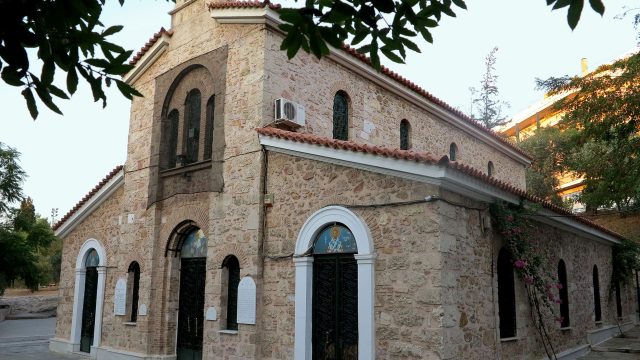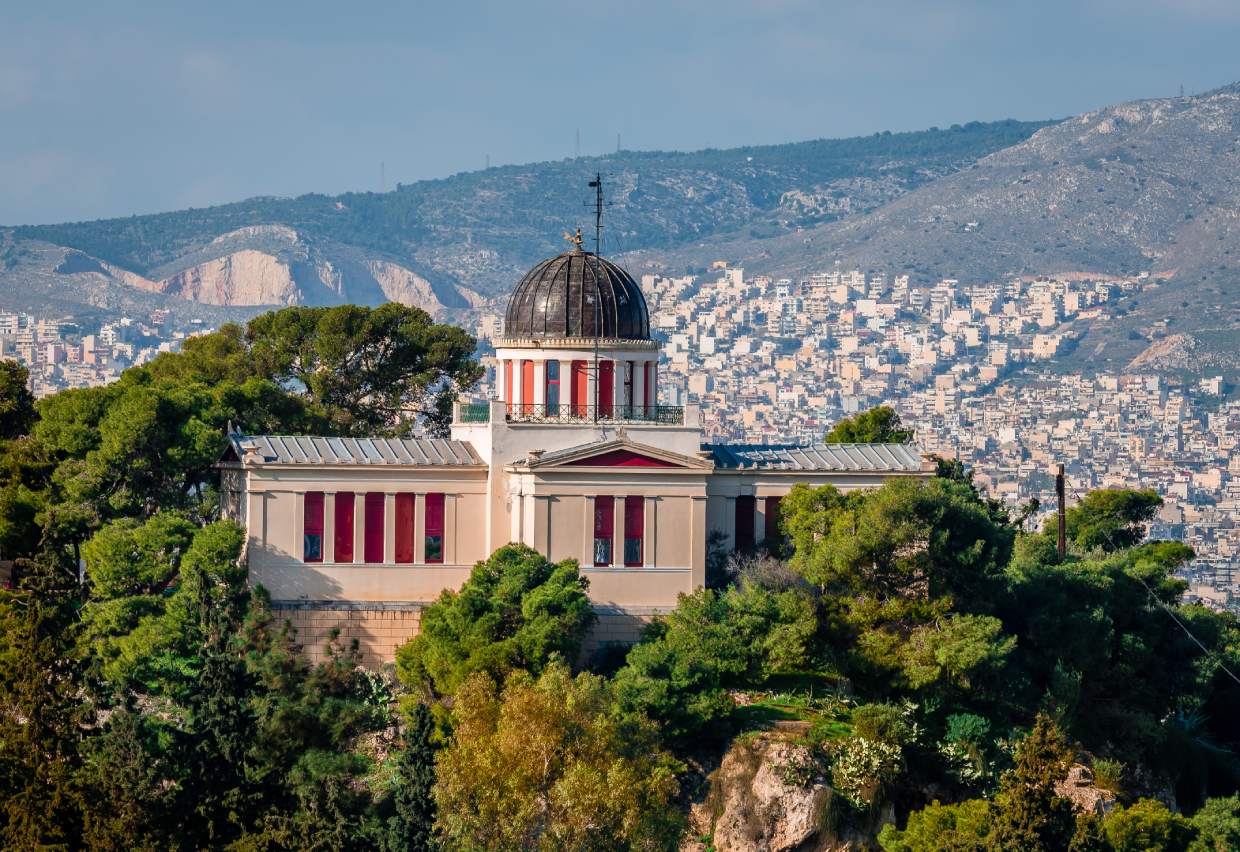Stoa of Zeus Eleutherios
Stoa of Zeus Eleutherios
The Stoa of Zeus Eleutherios is the earliest monument built for religious purposes. It was built in the Agora during the Classical period. It stood on the eastern side and, apart from its religious use; it was also a place of assembly and entertainment for the Athenians. It probably also housed some state officials, such as the lawmakers, lords with legal and judicial powers.
Part of the building was uncovered and accidentally excavated in 1891 during the construction of the Athens-Piraeus electric railway. It was the first building to be excavated by the American School of Classical Studies in 1931. Several parts of the building have survived, giving a complete picture of its design.
Today, the area of the square has been completely levelled in order to recreate the original layout. In front of the stoa, about 25m to the east, on the ancient road that runs through the western side of the agora, an altar was found that seems to have belonged to the cult of Zeus Eleutherios/Sotiros. The altar was covered with columns, probably made of Pentelic marble (as evidenced by the fragments found around the altar, which came from the construction work). It may have been there since archaic times, but managed to survive the extensive destruction of the Agora by the Persians.
It must have been used for several centuries until it was replaced by a more monumental building, apparently in the late 1st century BC – early 1st century AD, when extensive work was also carried out on the Stoa. It is possible that there were steps on the west side of the monument, as this was very common in altars of the time.
When Pausanias visited the building, he referred only to the works of art he saw there. He described the images of the Twelve Gods and of Theseus, Demos, Democracy and the Battle of Mantineia, painted by Euphranor.
Among the wings were found the bases of four statues described by Pausanias: the statues of Conon and his son Timotheus, Euagoras, King of Cyprus (all dated to the early 4th century BC), Hadrian and the statue of Zeus Eleutherios. The statue of Zeus was placed on the third base from the north, a circular pedestal with a diameter of 4.20m. The fourth, southernmost base was platform-shaped. The statue is probably identical to the figure of a soldier in Pentelic marble found in the southern part of the large tunnel.
Pausanias mentions on two occasions the practice of dedicating the shields of soldiers who had fallen in battle to this temple. The two occasions he mentions refer to events at the beginning of the 3rd century BC (the battle of 287/286 BC against the Macedonian garrison stationed in Athens, and the war against the Gauls in 279 BC). These shields may have decorated the facade of the building and were removed by Sulla’s troops in 86 BC. During the Early Imperial period (late 1st century BC – early 1st century AD), the floor of the Stoa was paved with marble slabs, which were removed during the Late Imperial period (5th century AD) after the building was destroyed.





